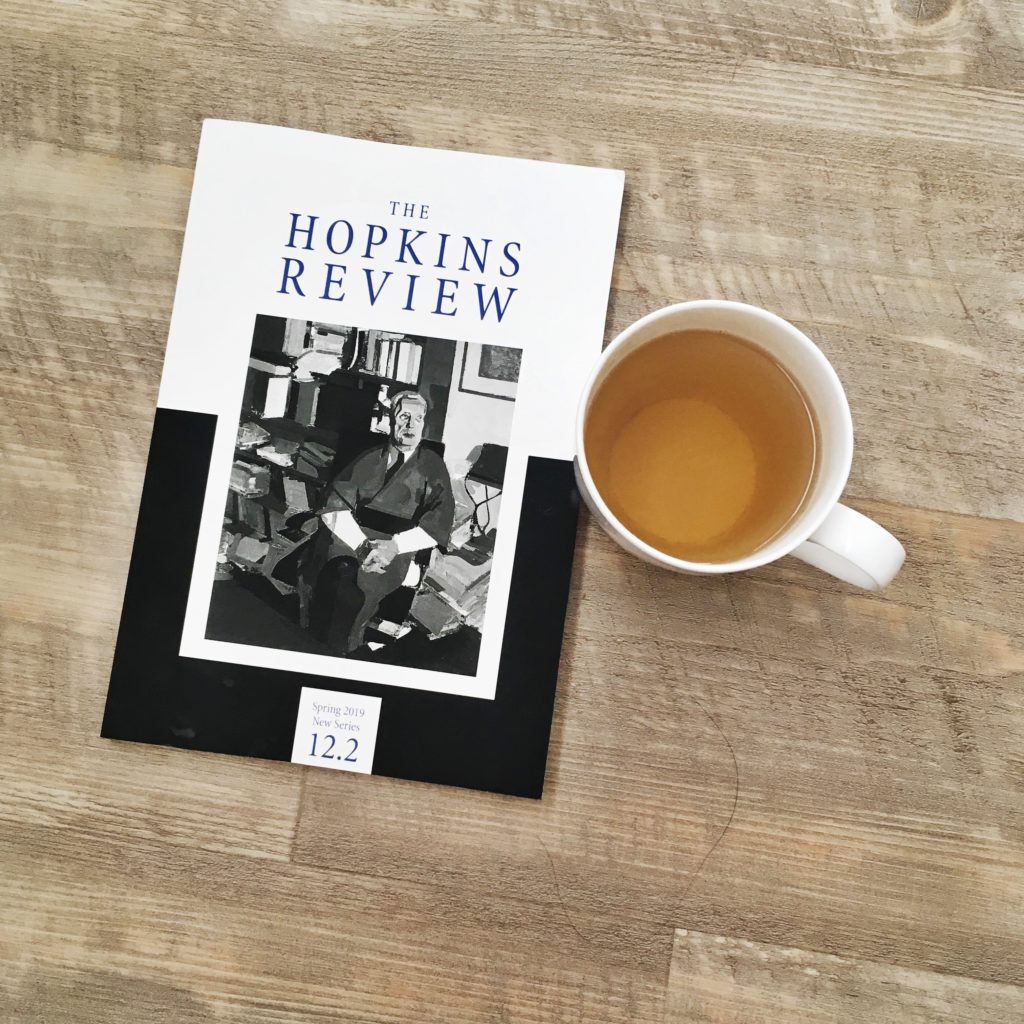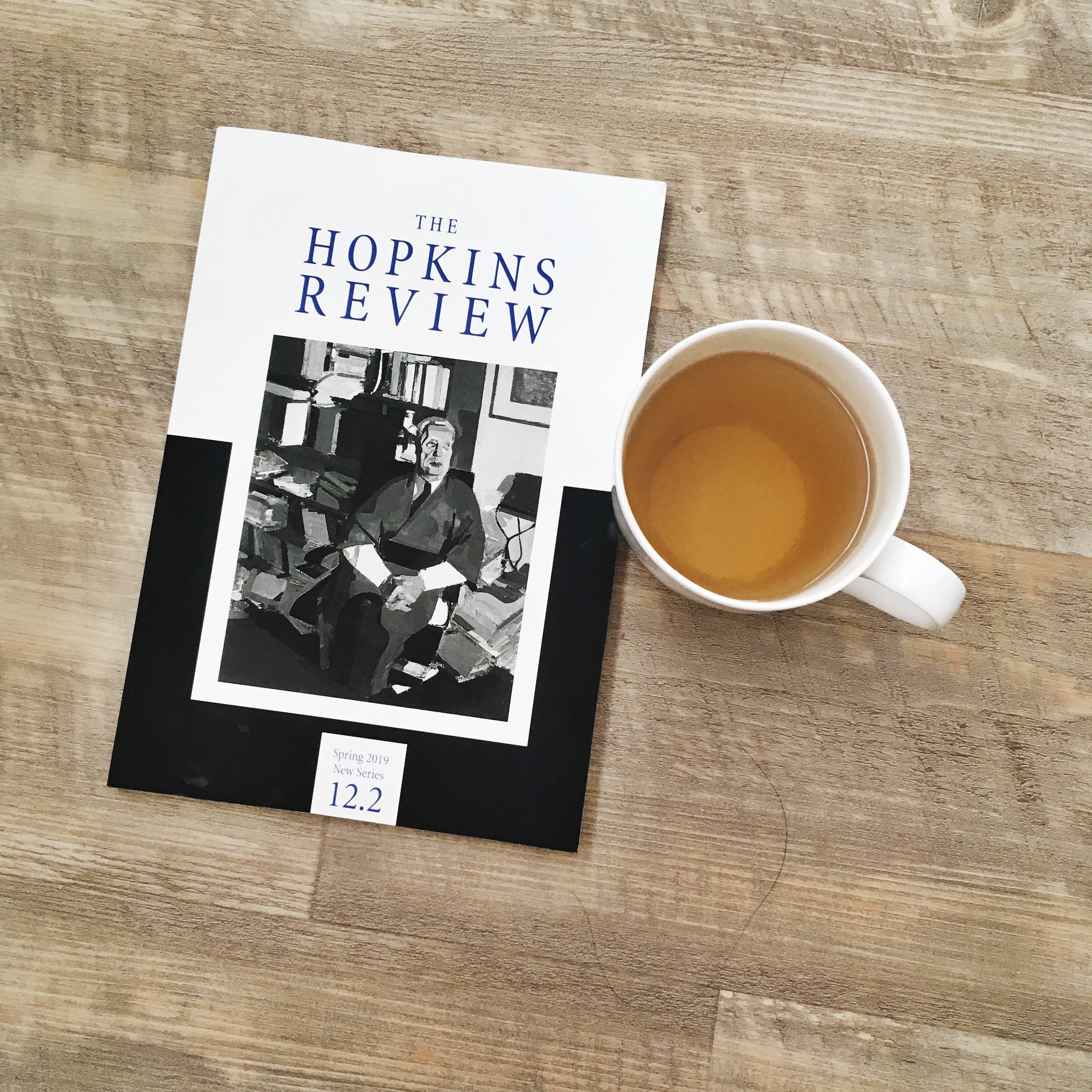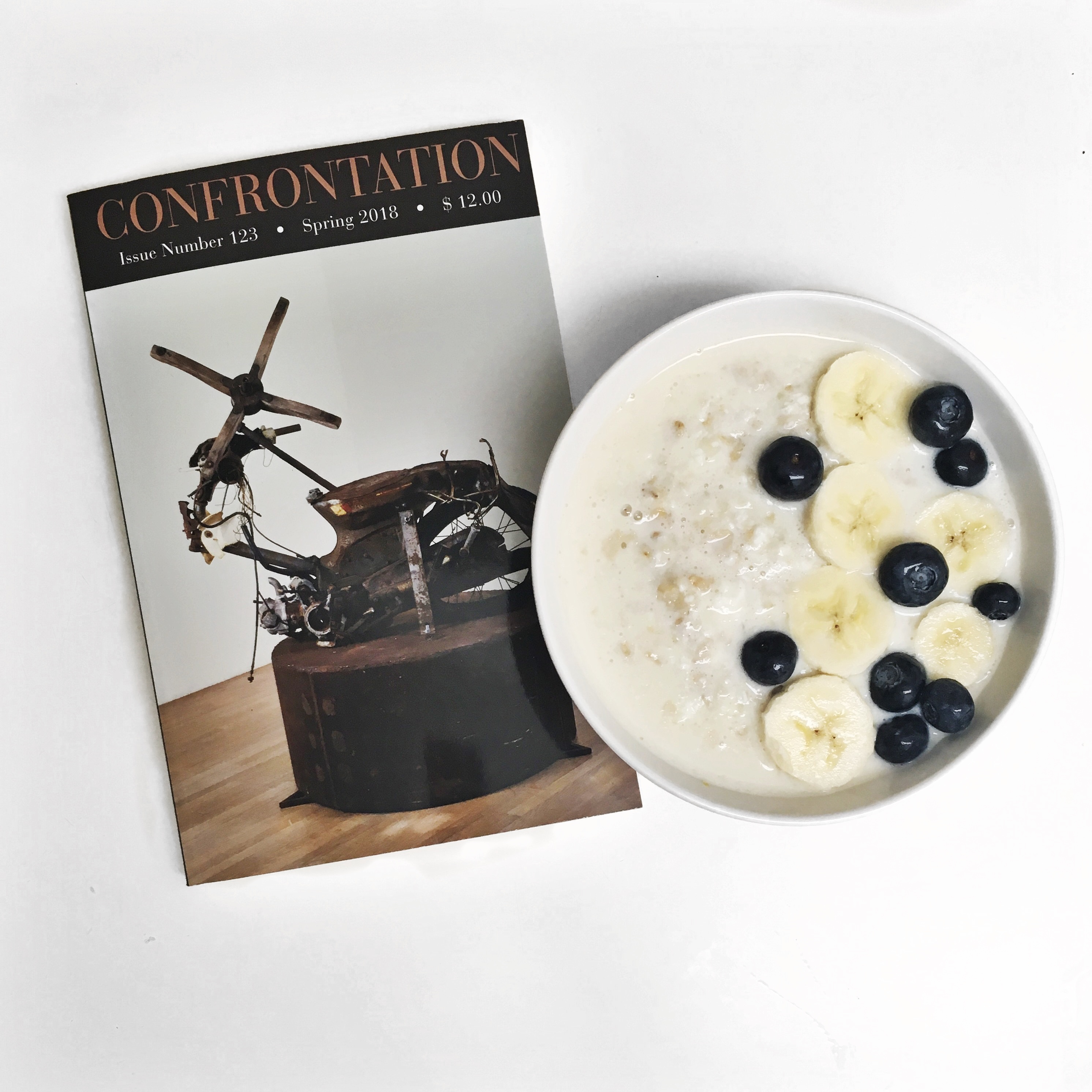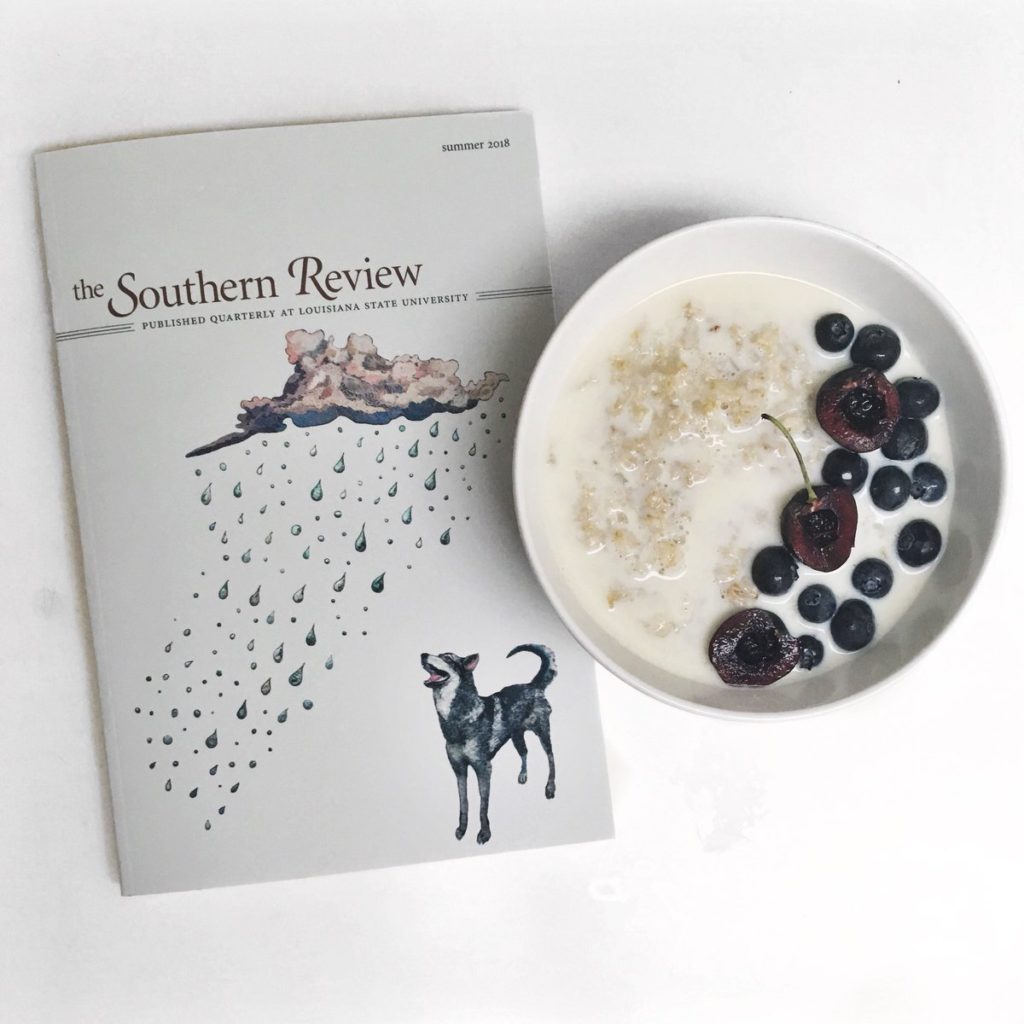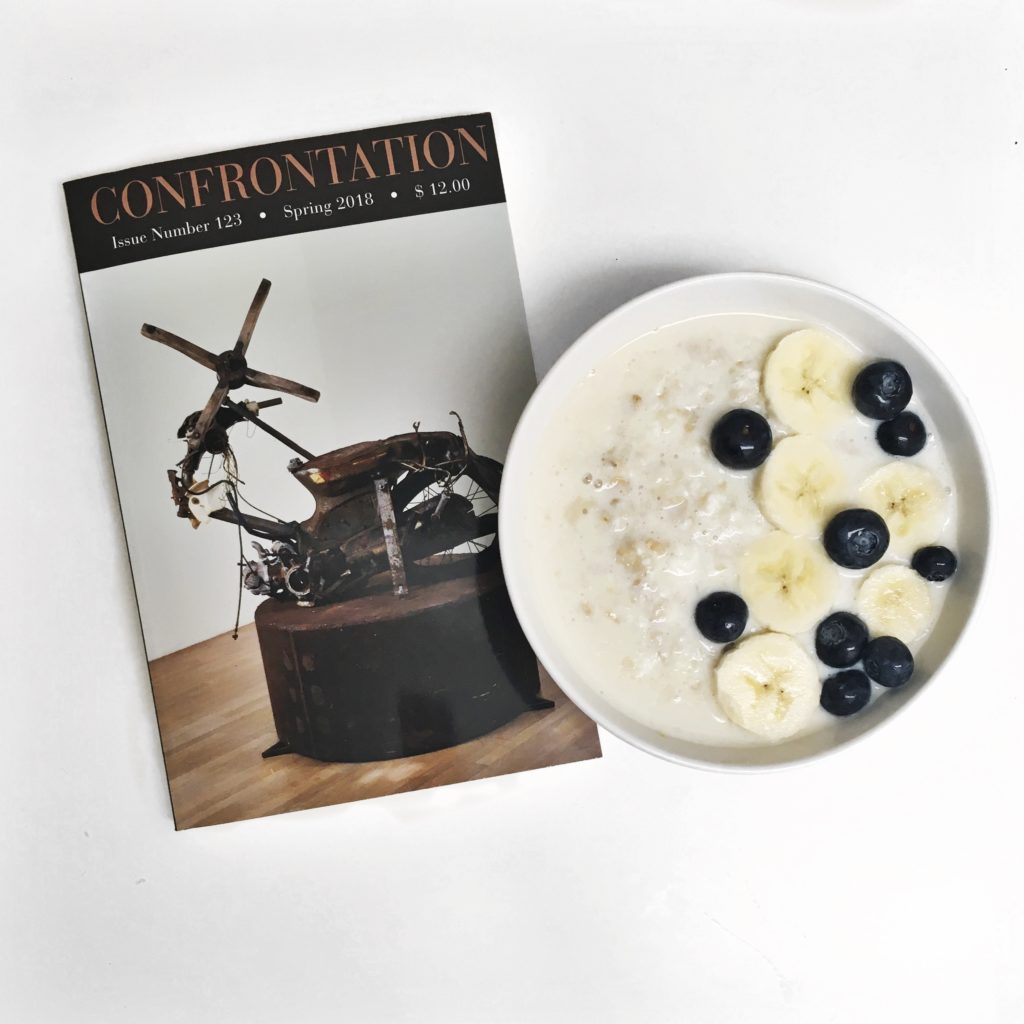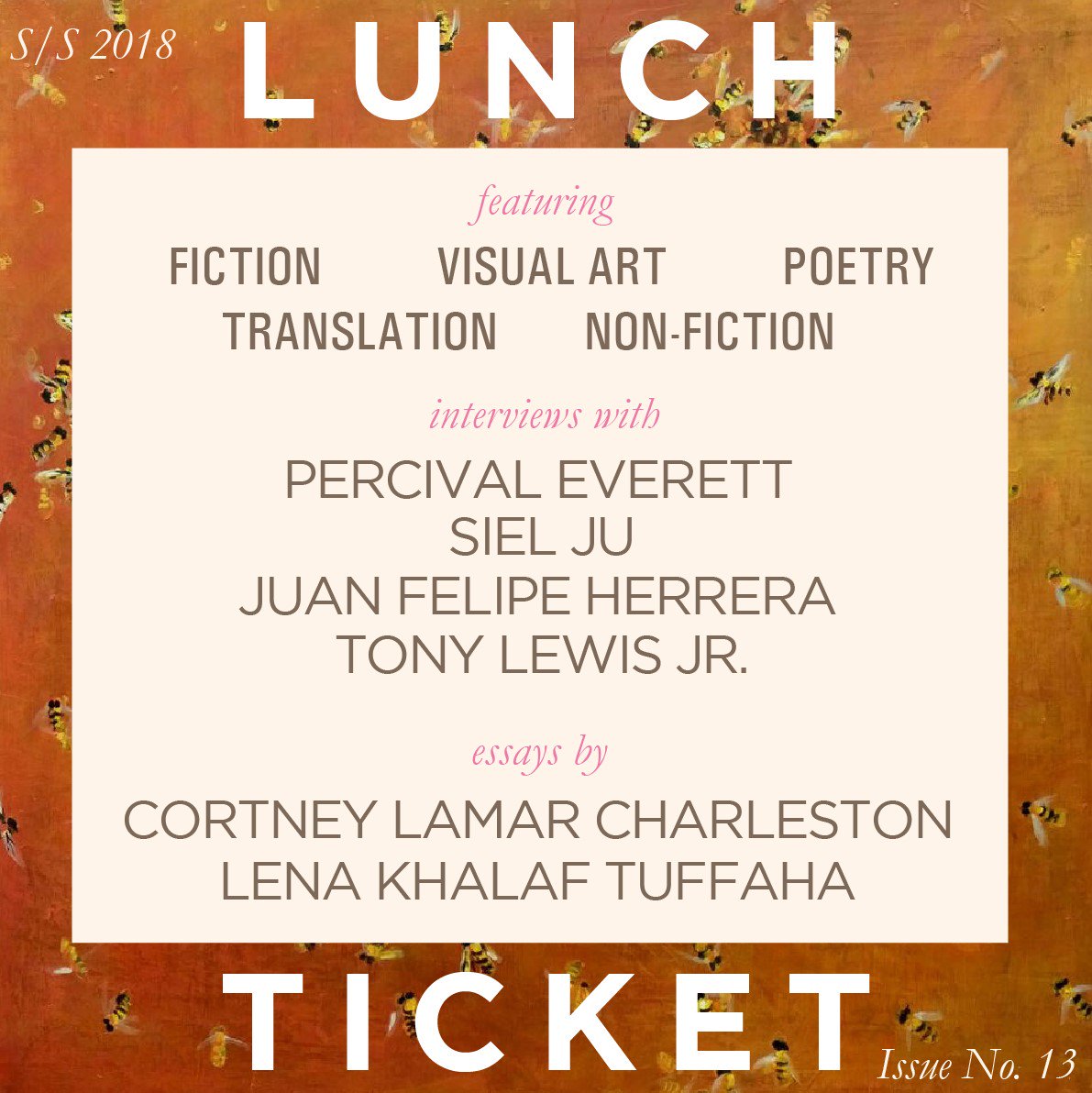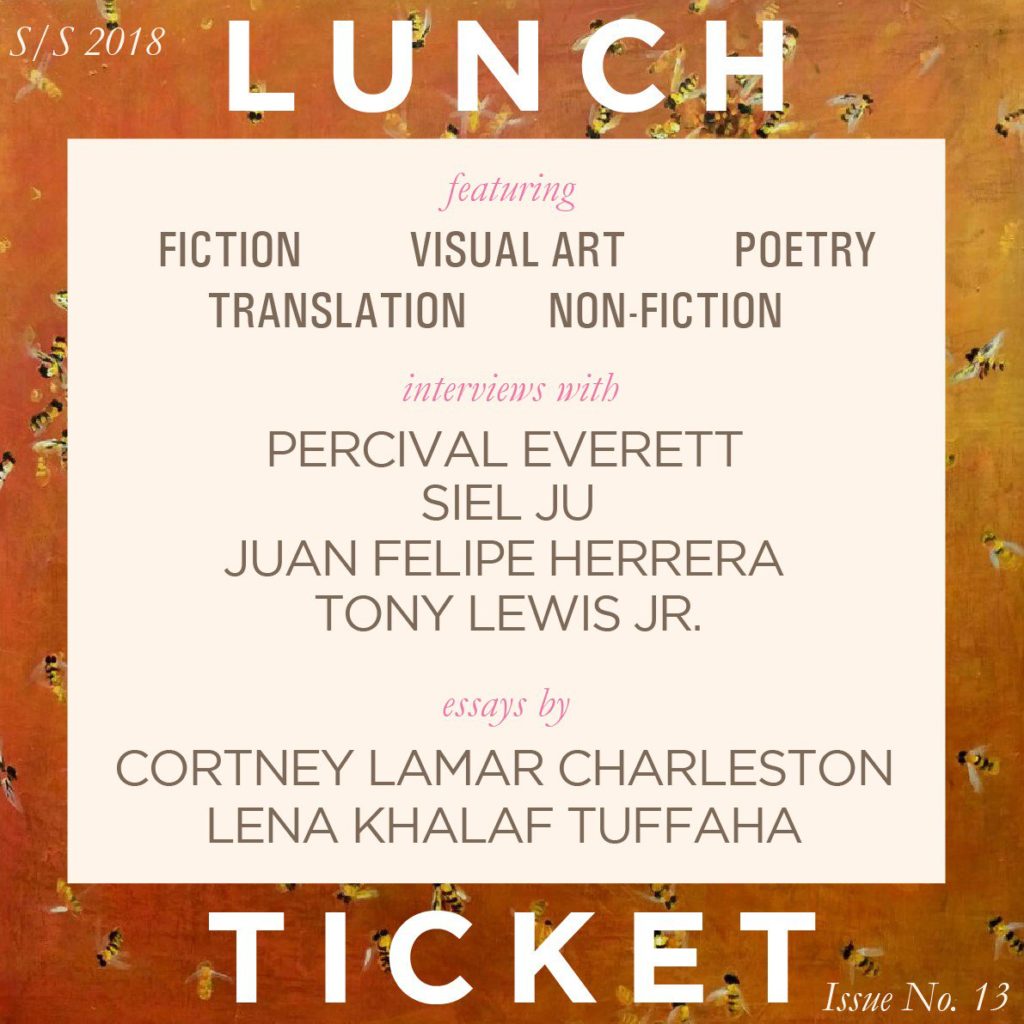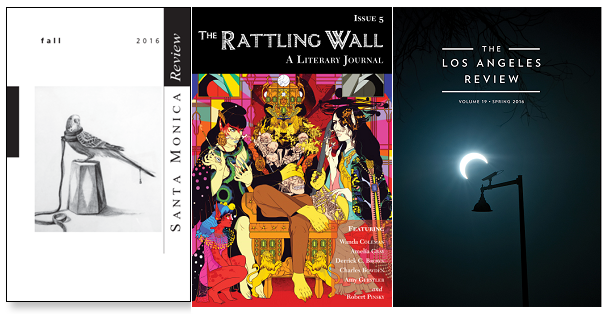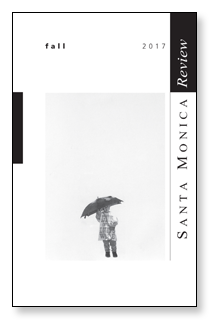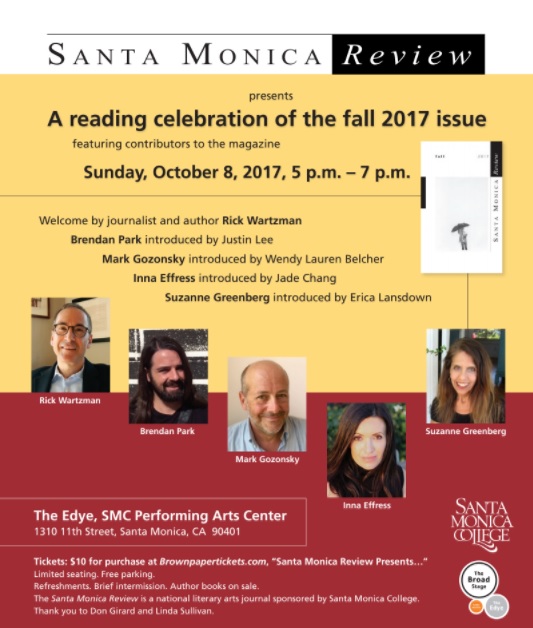Every month, I interview an author I admire on his literary firsts–except this month, I’m interviewing an editor.

Editing a literary journal, I think, requires a certain level of masochism. We’re talking, after all, about publications with teeny tiny readerships that nonetheless get deluged with thousands of submissions from would-be contributors, most of whom haven’t bothered to pick up a single issue of the journal. Editors have to slog through this massive slush pile day after day — usually for little to no pay — with few thanks and many complains from writers, both accepted writers who think they should be paid or paid more for their contribution (but with what money?) and rejected writers who decry your form rejection notes as impersonal and callous and demand personal letters that explain why you said no to their work (but with what time?).
Or maybe editing a literary journal just requires a lot of commitment–to writers, to readers, to literature, and to the community that, over time, coalesces around the journal.
Santa Monica Review‘s one journal that’s been sustaining its community for nearly 30 years now. And since 1998, Andrew Tonkovich, editor and sole employee–save the occasional volunteer–has been reading nearly every submission.
Yes, Andrew himself reads the 50 or so submissions that come in each week. From those, he picks 30 a year to publish in the journal’s fall and spring issues.
In this interview, Andrew talks about how a literary mentorship changed his life and what commitment means to him.
___
Siel: So — how does one become the editor of a literary journal? Or more to the point — What was your journey to becoming the editor of Santa Monica Review?
Andrew: I was, with my wife Lisa Alvarez, a student-writer in Jim Krusoe’s legendary (!) creative writing workshop for many years in the eighties. It was, continues to be, the best thing that happened to me (and, I believe, so many) by way of mentorship, careful reading, urgent engagement with all kinds of literature and of course encouragement from a terrific writer and committed, serious students.
After entering the MFA program at UC Irvine, I eventually moved to Orange County (where Lisa had accepted a Senate faculty position at a local community college) and reluctantly left the Santa Monica College workshop. Weirdly, I started team-teaching a class in Sociology at Santa Monica College (another story). Anyway, my office hours were in the campus cafeteria. One evening Jim walked through and said hello, holding a big bag full of submissions. Lee Montgomery, who had edited the magazine for a few years, had relocated, resigned, and the position of editor was unfilled.
Jim seemed frustrated, and indicated that he was sitting on hundreds of mss. On seeing me, and being a spontaneous fellow, Jim asked me to be the editor, no kidding. I assumed he was kidding, sort of. I went home, told Lisa, and sent a submission to the magazine, a story.
The next week, same scene. Jim walks through, with more mss. Sees me. Is happy, but explains that sending a submission was a fine thing, sure, and no doubt he would like my story but, Andrew (he said), there is no editor and I want you to be the editor.
I finally got it, conferred with Lisa, who knew that this was a dream job for me, and called Jim the next morning and, finally assured that he was not putting me on or kidding, became the editor.
This is more a good story about Jim, who put some real trust and responsibility in me. I also think he understood that I had experience as a community organizer, grant writer, activist, was a pretty committed reader and would surely do my best, or try my hardest — how to put this? — to make my hero, mentor proud. That was in 1998.
What would you say most distinguishes Santa Monica Review from the hundreds of other literary journals out there? Do you make it a point to focus on writers or themes related to Southern California?
I notice I use the word committed a lot. The magazine’s size is small but its reputation perhaps big. I am pleased when, a few weeks after an issue is out, I get queries from agents and editors asking to be put in contact with specific contributors. That is a very satisfying occurrence and, indeed, many of our contributors have gone on to public collections, novels and more. And we’ve been included in nearly all of the end-of-year prize story collections, too. Finally, I have a few shelves at home of stories and novels with some variation of the phrase “first appeared in Santa Monica Review…” That’s also gratifying.
We try to feature a majority of West Coast or what used to be called Pacific Rim writers, but not to exclude others. I have fudged the boundaries of the West considerably, frequently finding amazing writers from well beyond the Rockies or even the Mississippi River because, well, if you get a submission that is remarkable and fine, and the writer sees herself in your wheelhouse, excellent work, then any editor would jump on it.
How have your own literary tastes changed in your years of editing Santa Monica Review?
Jim advised me in only two specific ways. First, drop poetry. Mostly because he wanted us to establish a niche. Also, we did not have a poetry editor, or funds to pay one. Just salary, as it were, for the equivalent of teaching a class, for the editor. Me.
Second, to be as idiosyncratic as I wanted to be. This has been not all that hard. My own taste and interest tends toward word and voice-driven narrative, the fabulist or dream-world, political allegory or fable, poetic language, and ecological and scientifically-informed work. I admire wit and humor. I don’t mind long sentences, in fact adore them.
My own tastes are secondary to the direction of the magazine, but of course easy to spot. But I really am open to both experimental work and solid realistic writing. I’d like stories to start right away or, alternatively, to be captivated, engaged by the voice or premise. Not a lot of time to read through pages of set-up and situation and back-story.
Beyond reading and responding to submissions, what does the job of being a literary journal editor entail?
The job entails bragging about the magazine, as I have done, above. But also maintaining the database, answering queries and correspondence, representing the magazine publicly, promoting it at conferences and workshops and in classes. I respond to subscriptions and organize the mailing, answer requests for back issues. I write thank-notes to especially generous supporters and send free copies of the journal to incarcerated women and men. I visit creative writing workshops, have been hosted at numerous local colleges and university, as a sort of “visiting editor.” This year I organized four readings, including our usual at the Edye but also at Beyond Baroque and both LA and SF LitQuake.
I am on the staff at annual summer workshops at a writers conference, the Community of Writers at Squaw Valley. I find participating there and visiting colleges and occasional writing conferences to be helpful in finding work, meeting writers. So in addition to the CoW, I of course I look at a lot of submissions from UC Irvine MFA grads, Krusoe students, Antioch and other workshops where my reader and friend Dawna Kemper and Jim and others have taught.
Many lit journals — especially those of the online variety — seem to pop up then disappear every year. What advice do you have for would-be lit journal editors on keeping things going for the long haul?
I can’t really give advice regarding the organizational or financial or administrative angle, as SMR is so lucky to be sponsored by Santa Monica College. Except for asking people to subscribe, offering ads for sale and occasionally inviting a big donor to donate, I haven’t had to do much fundraising. On the one hand, we will as a result likely never get too much bigger, or print more than twice yearly. On the other, the school has been sponsoring us for nearly 30 years!
We participate in the annual Los Angeles Times Festival of Books, where for most of the life of that festival Santa Monica College has hosted a booth featuring us, and we distribute a couple of thousand free copies. That makes me happy too, being able to offer people a gift from the college, as part of its mission to promote literacy and the literary arts, and support writers. The only year I missed was when my wife went into labor the night before. Some really good pals, students of Jim’s, writer-contributors and fans of the magazine stepped in for me. So, more commitment.
____
Enter to win a Santa Monica Review prize pack by signing up for my newsletter. Already joined up? Then you’re already entered. Good luck!
Earlier:
* Jim Krusoe’s workshop: Legendary (and affordable!) westside creative writing class
* 15 literary journals for Los Angeles writers
Photo by Brett Hall Jones
